Rebreather FFM for additional safety and comfort
When diving with rebreathers, the use of a full face mask is an important safety feature. The prerequisite is that the user is properly instructed in how to use the mask. Not all masks that are suitable on land can also be used underwater. Therefore, make sure that a mask for an underwater application is designed for this purpose. A full face mask must also have a good fit and be designed for rebreathers. Most full face masks that are used in combination with a rebreather must have a mouthpiece on the inside. This ensures that the exhaled air is returned to the rebreather in the correct manner. The mask must also be fitted with a visor for use underwater. A good full face mask has a ‘spider’ with 5 straps so it fits well around the head. When diving with a full face mask, it is particularly wise to choose a type of mask which, in addition to the rebreather connections, also allows for the use of a bailout valve. Well-designed systems allow switching between rebreather breathing and bailout on open circuit by a simple lever. If there is no OC bailout, intensive practice is required to be able to take off the mask and switch to open circuit bailout gas underwater. In all cases, a separate diving mask is required for this. It is recommended to be able to make a complete switch to OC with a normal mask in addition to the full face mask. The rebreather diver should be able to make the switch in a routine manner.
A great advantage of a full face mask is the large viewing angle. The thermal protection in cold water is also considerably greater because the face is no longer in direct contact with the cold water. The diver’s head dissipates the most heat, so a face shield will contribute greatly to diving comfort.
Diving with a mask that does not use a mouthpiece can lead to CO2 buildup and result in hypercapnia. Exceptions are masks with a special rebreather inner mask where the dead space is minimized.
With Full Face masks it is possible to communicate wirelessly. This offers numerous possibilities when working underwater. Communication is possible from diver to ship or from diver to diver.
A full face mask offers the rebreather diver a very big safety advantage. Should a rebreather diver become unconscious while breathing the wrong gas mixture, he will not lose the mouthpiece and will be able to continue breathing normally. This prevents possible drowning.
On this page you will find masks that are specially designed or adapted for rebreathers. If you know more brands or designs, I would be happy to add them to this page. Your help is very welcome to make this page a list of available masks!
APdiving
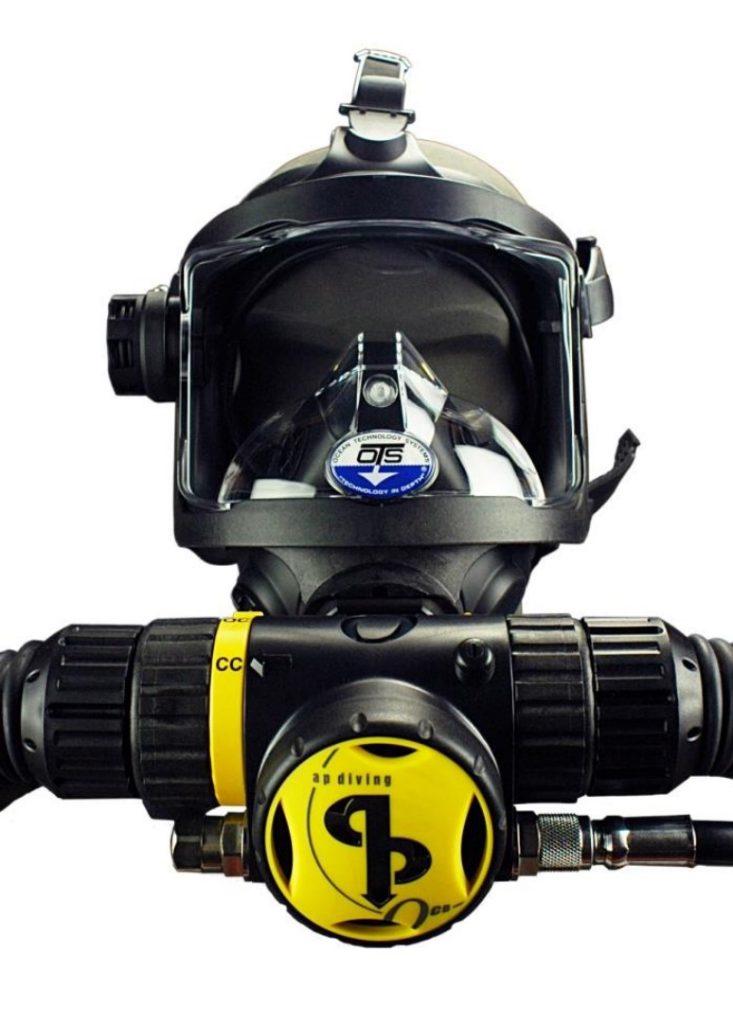
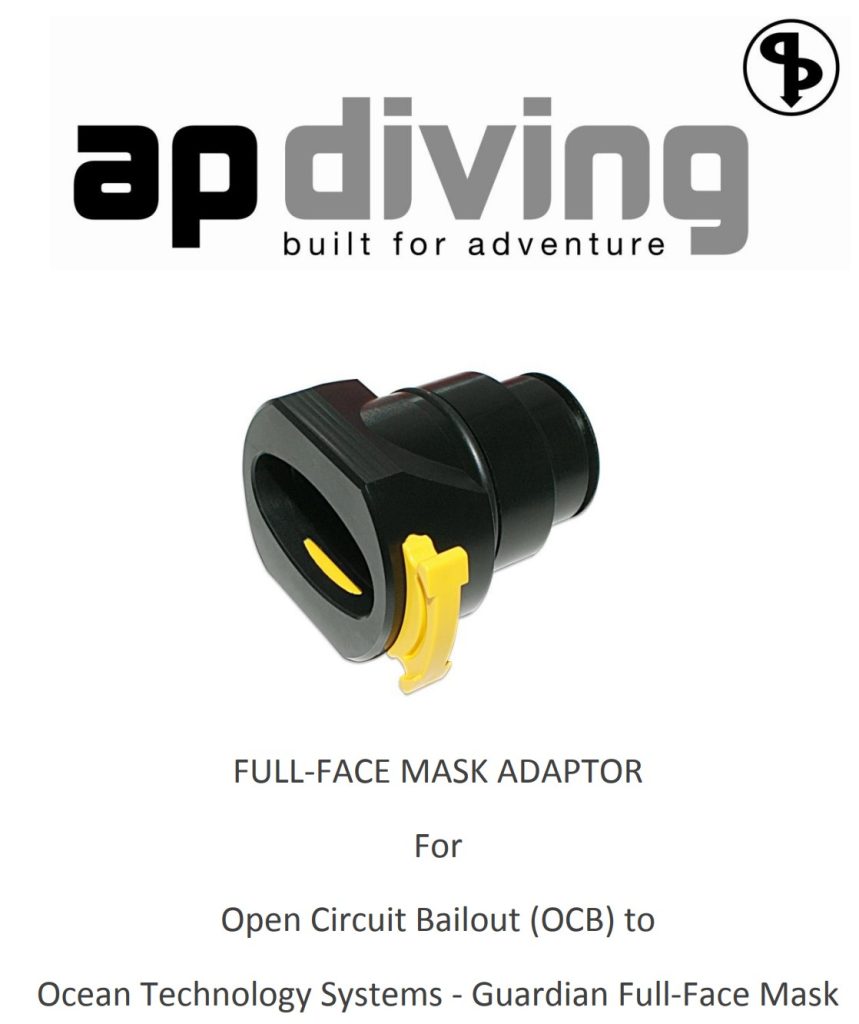
Avon protection
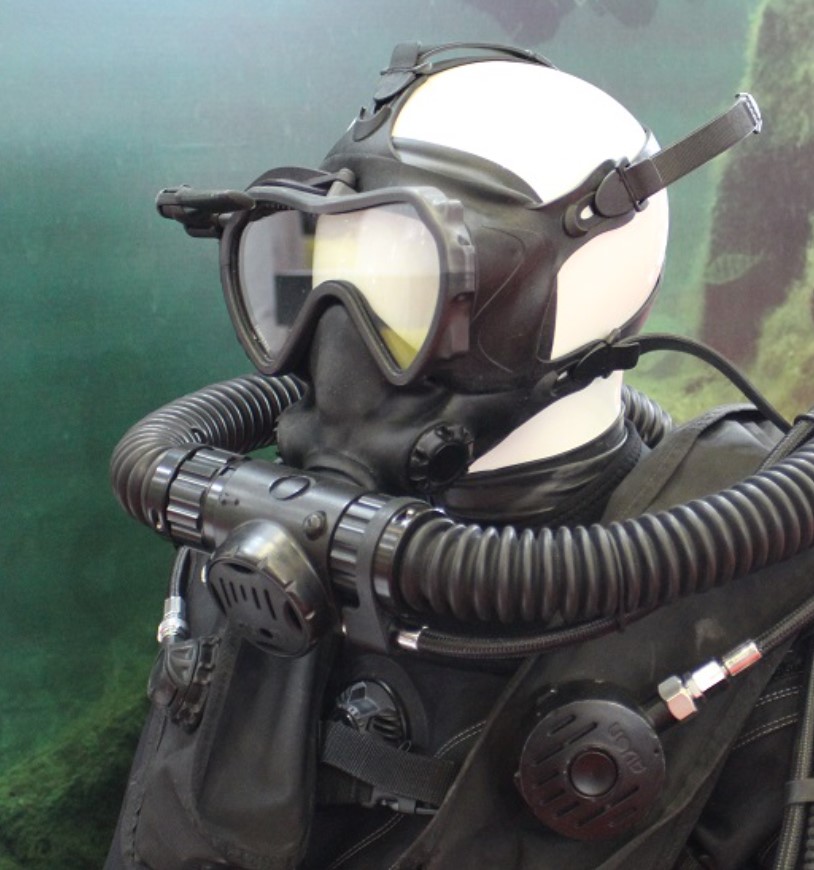
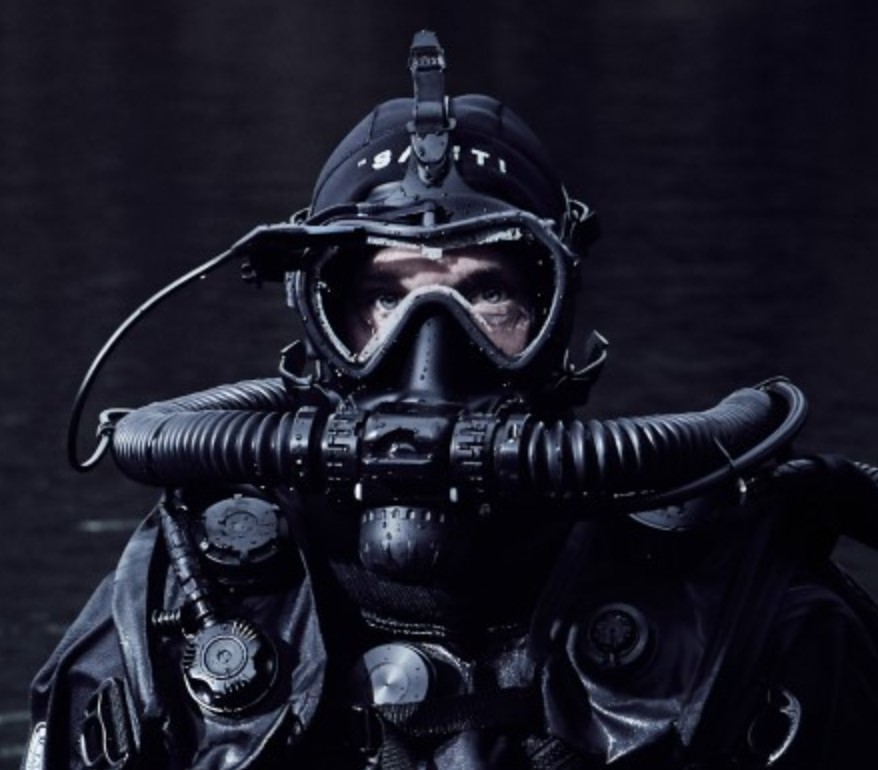
Draeger
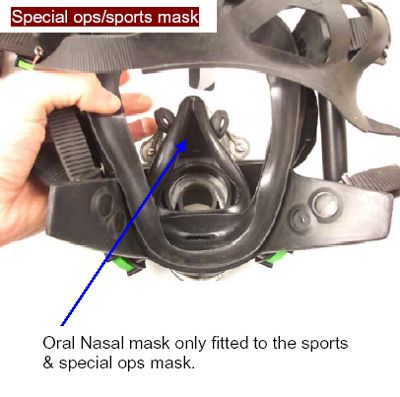
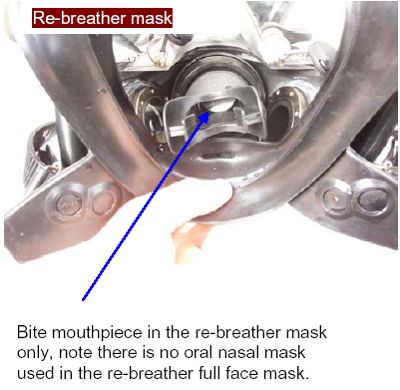
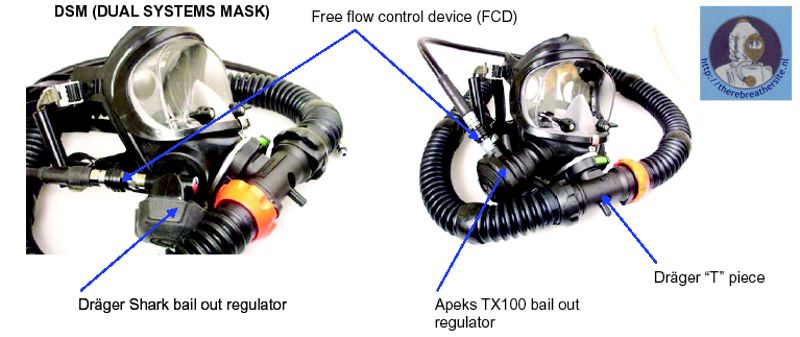
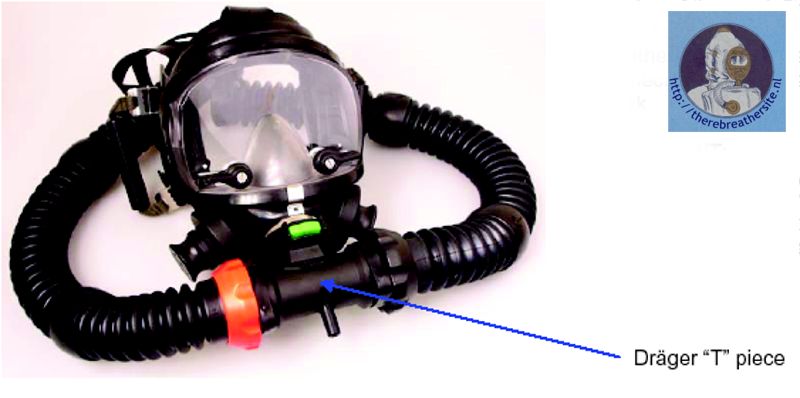
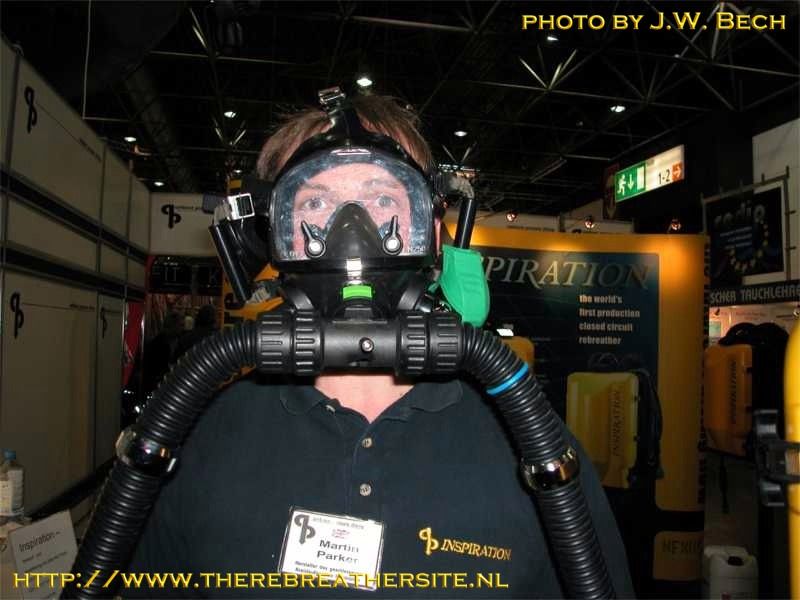
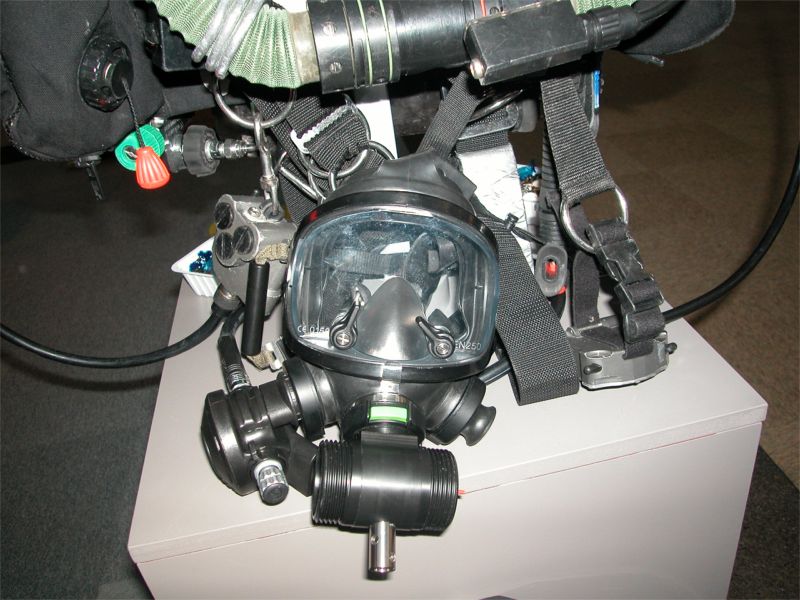
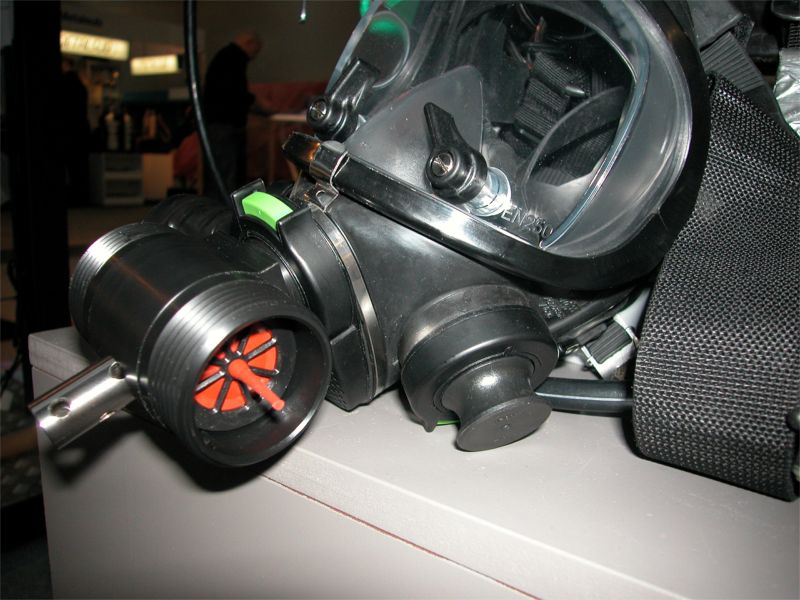
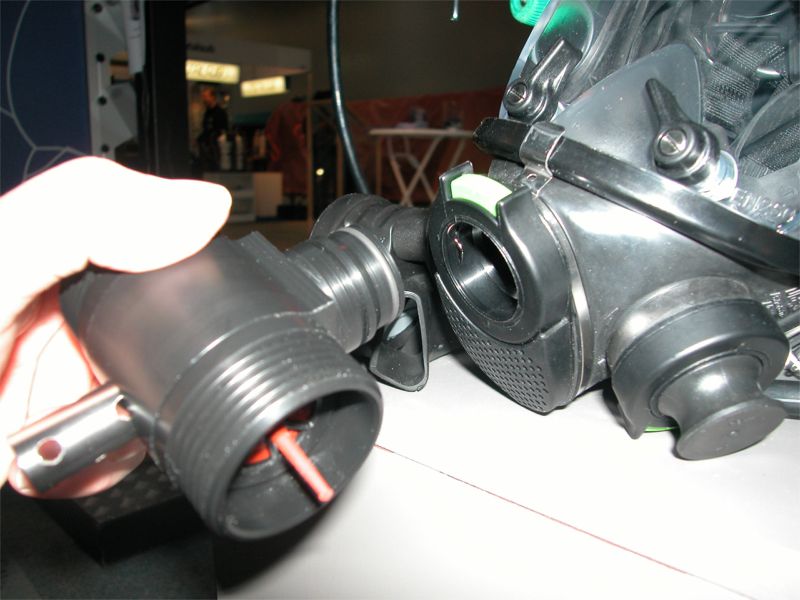
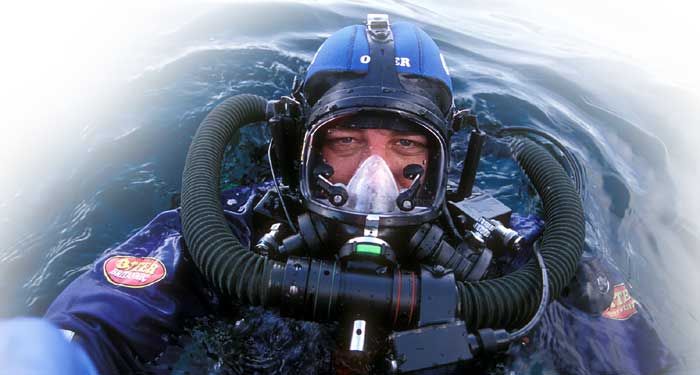
Interspiro Divator (AGA)
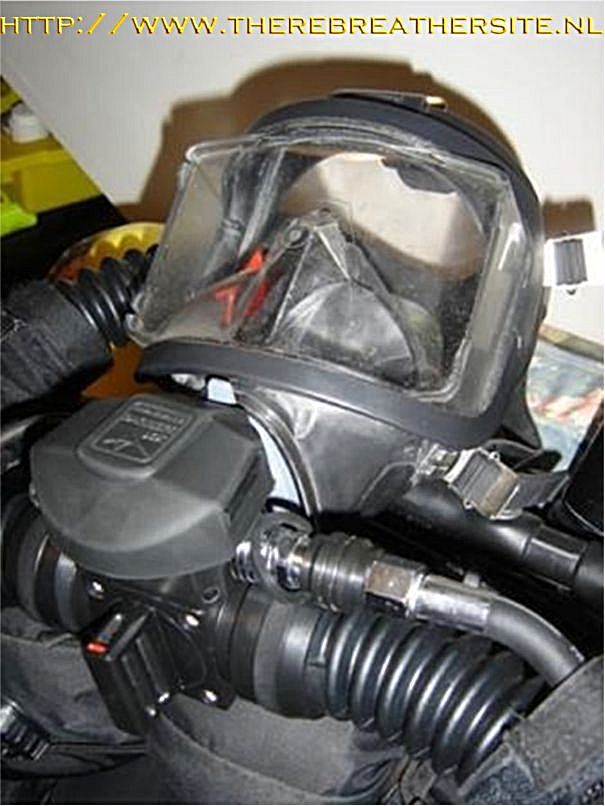
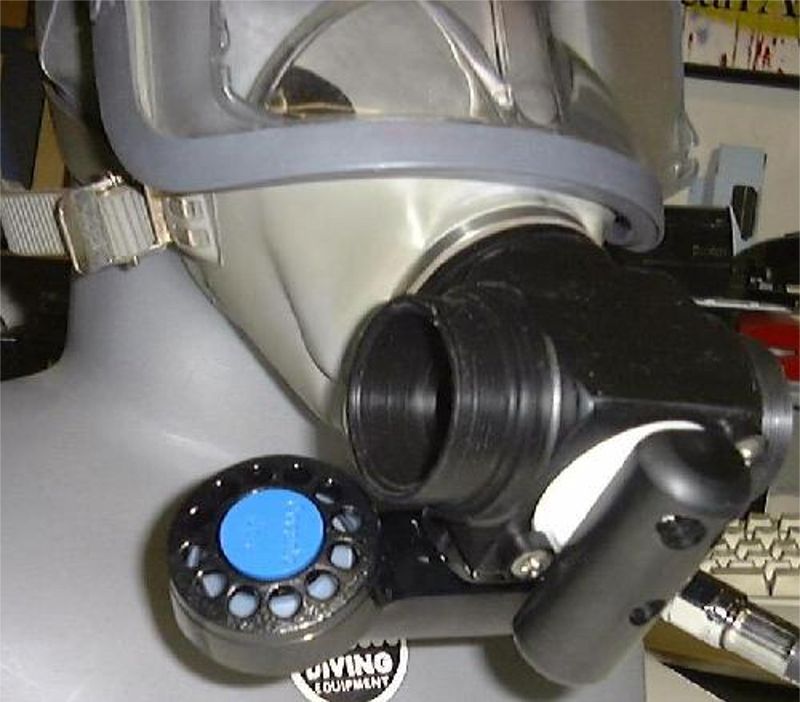
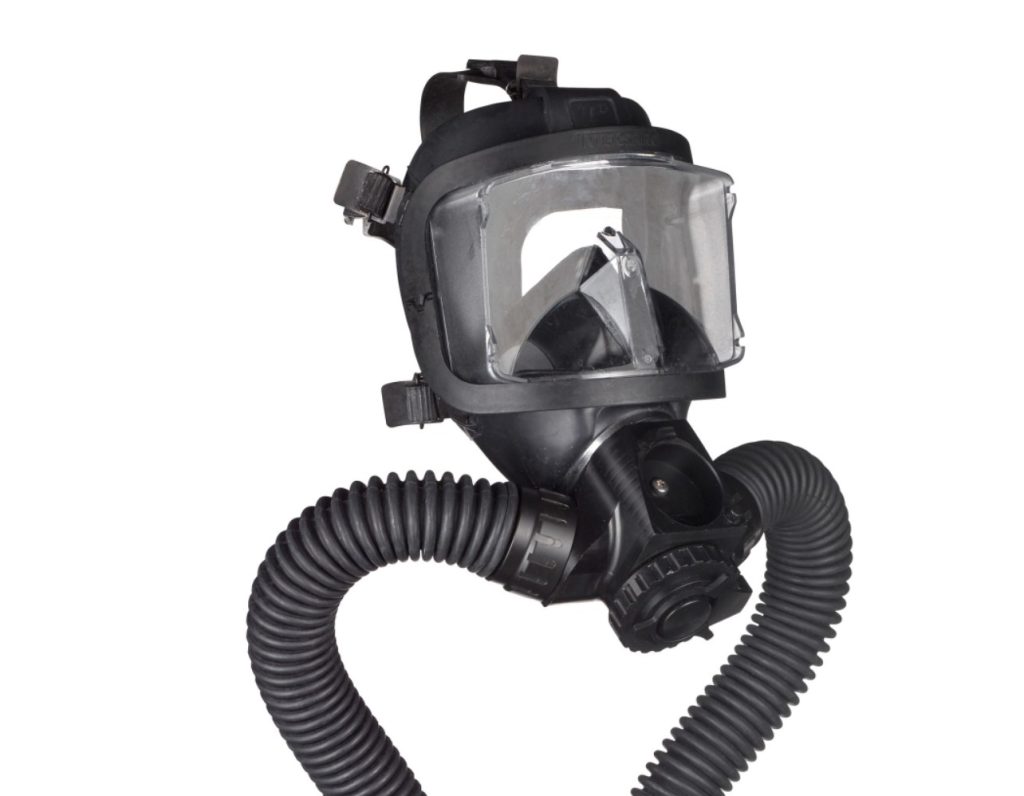
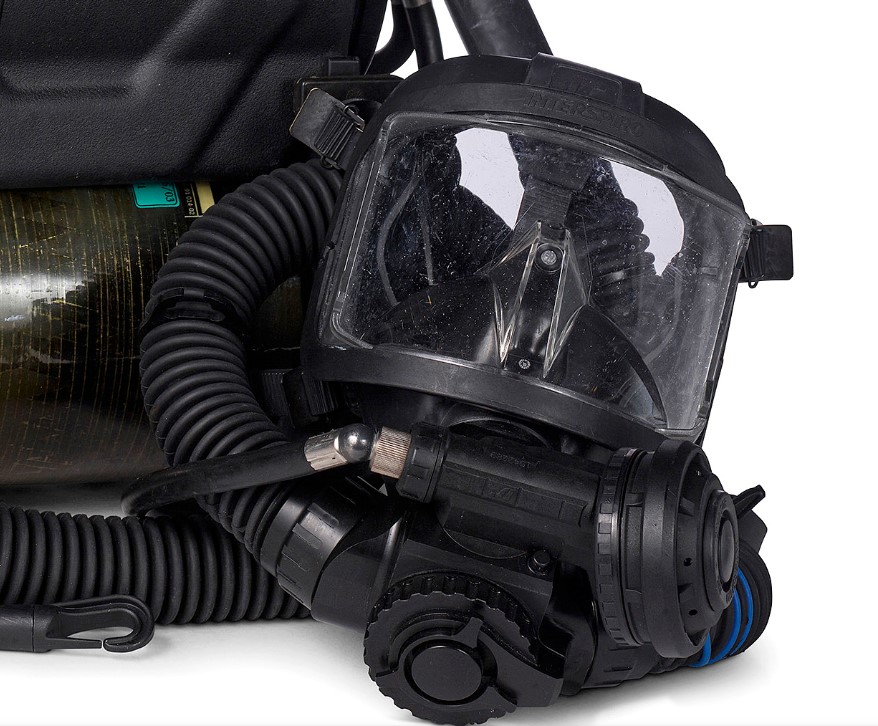
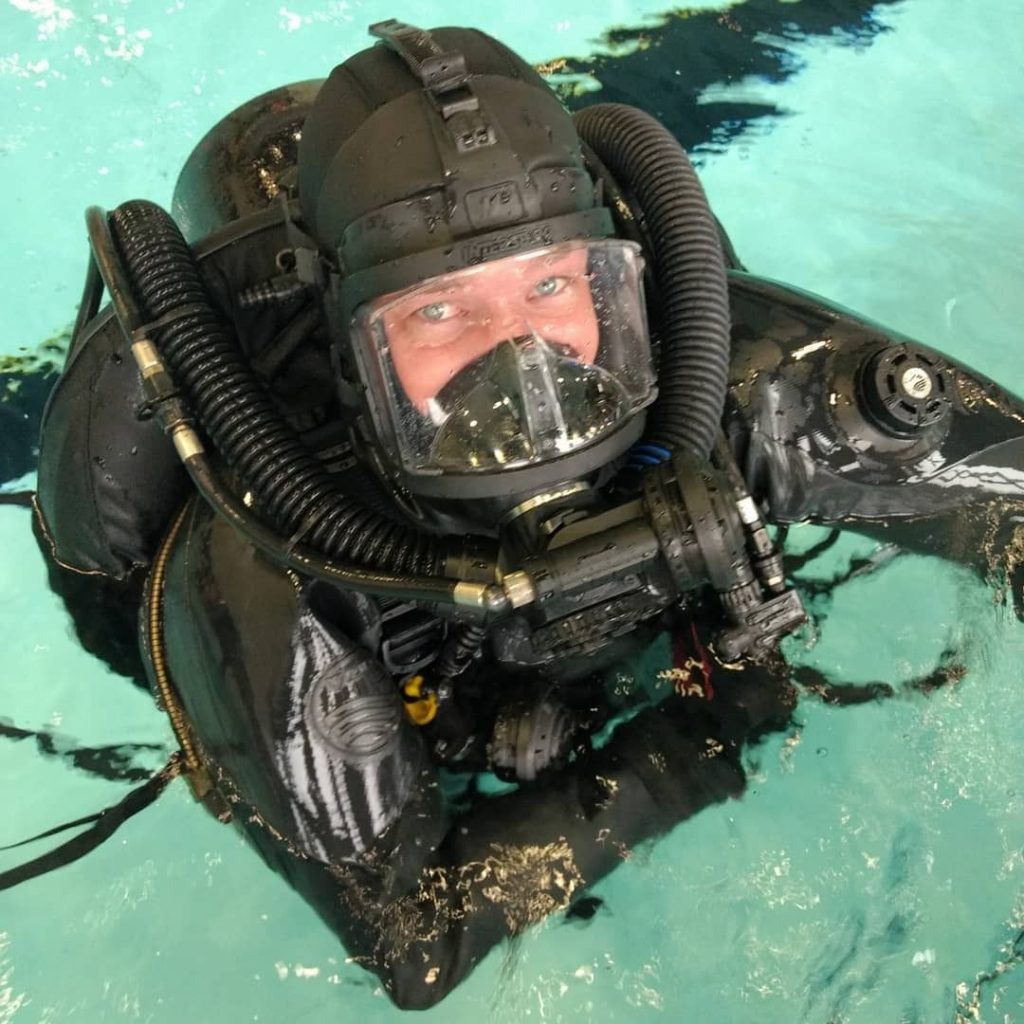
Kirby Morgan
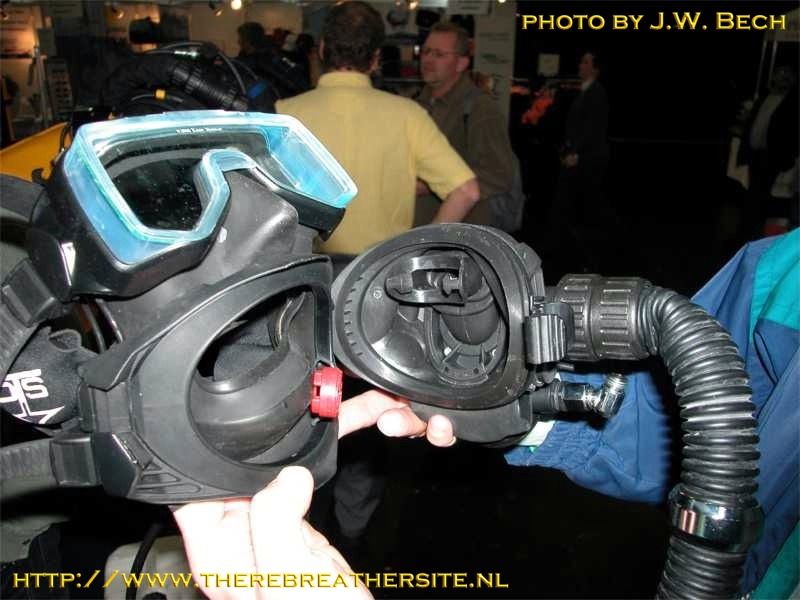
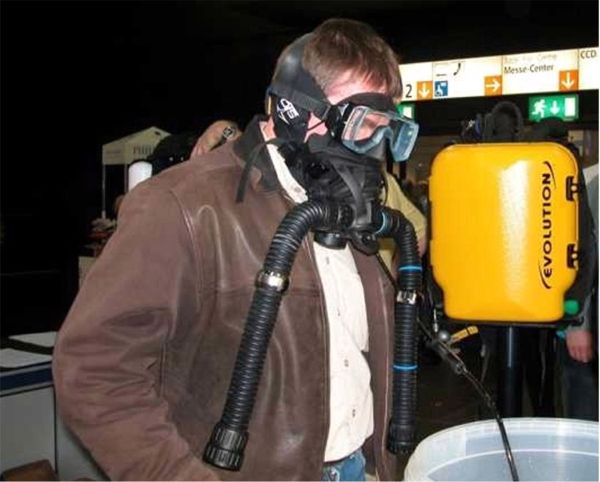
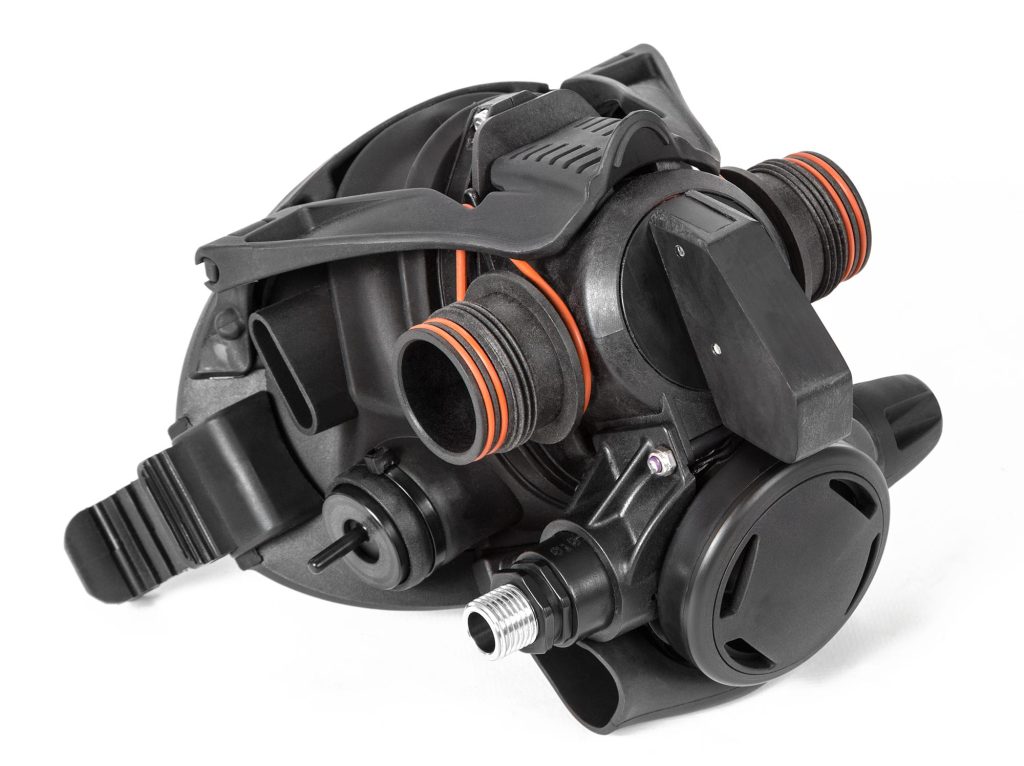
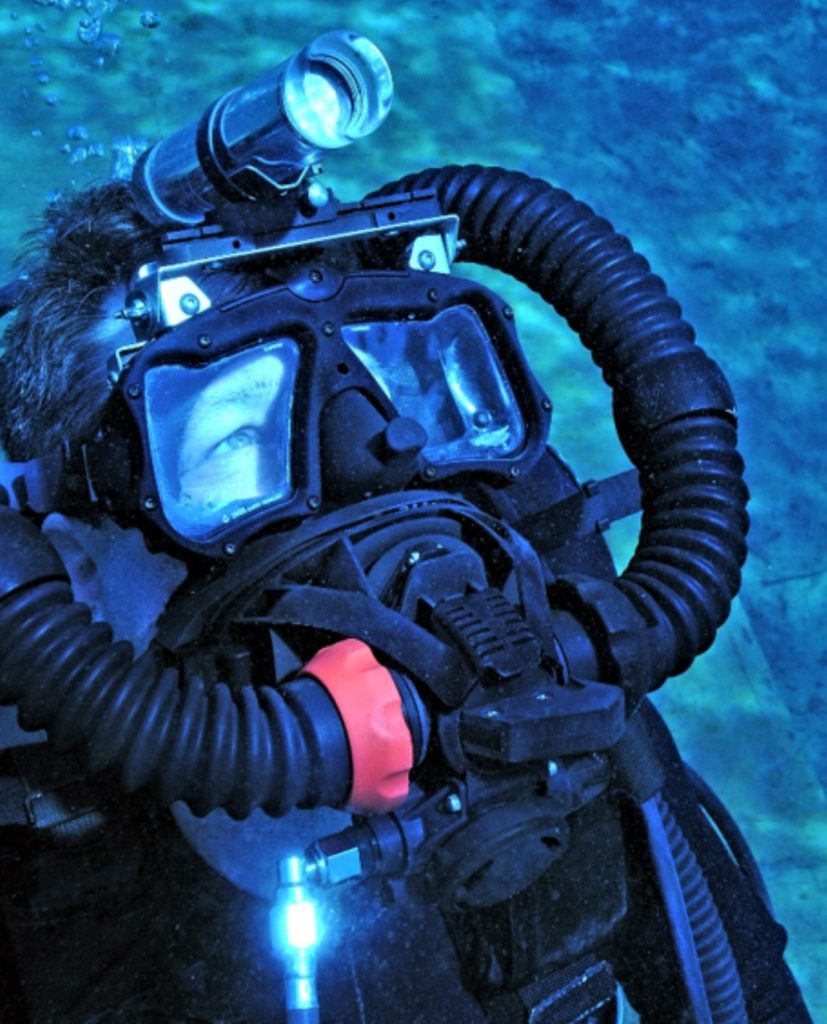
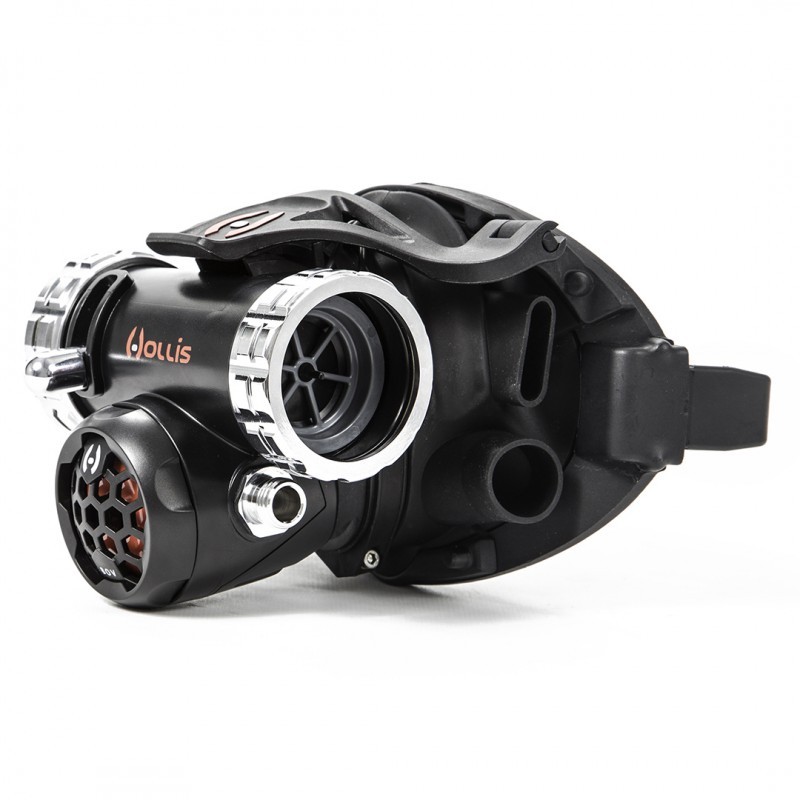
Oceanreef
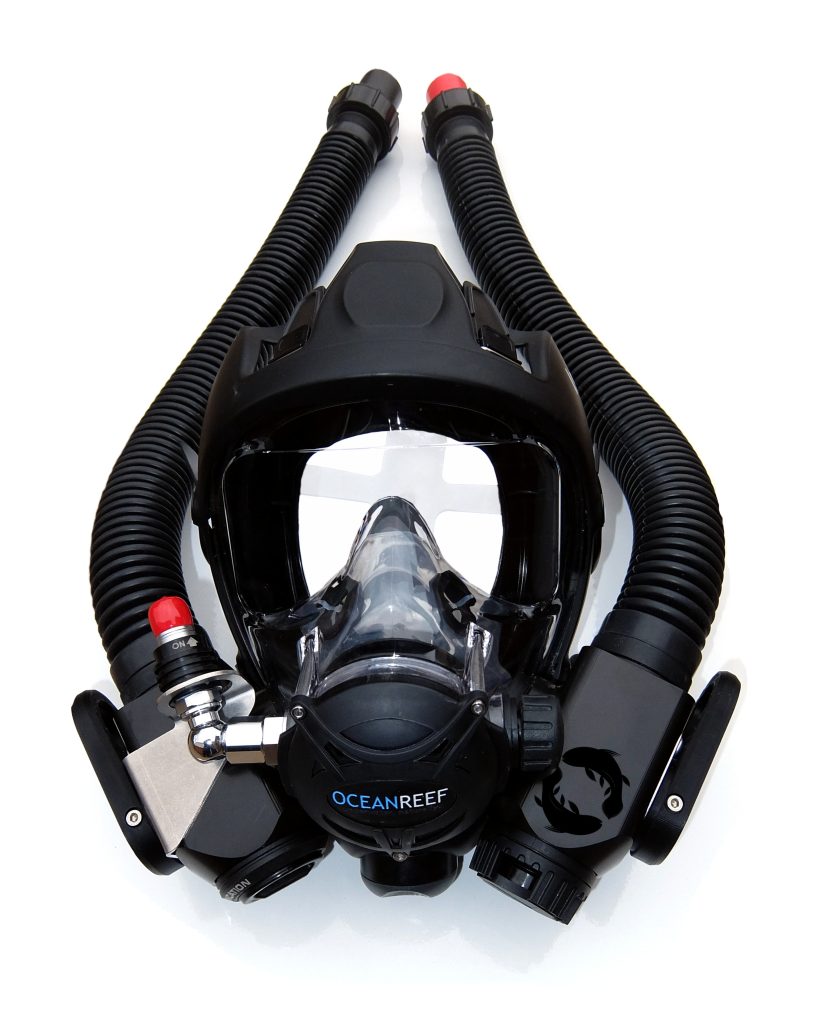
OTS
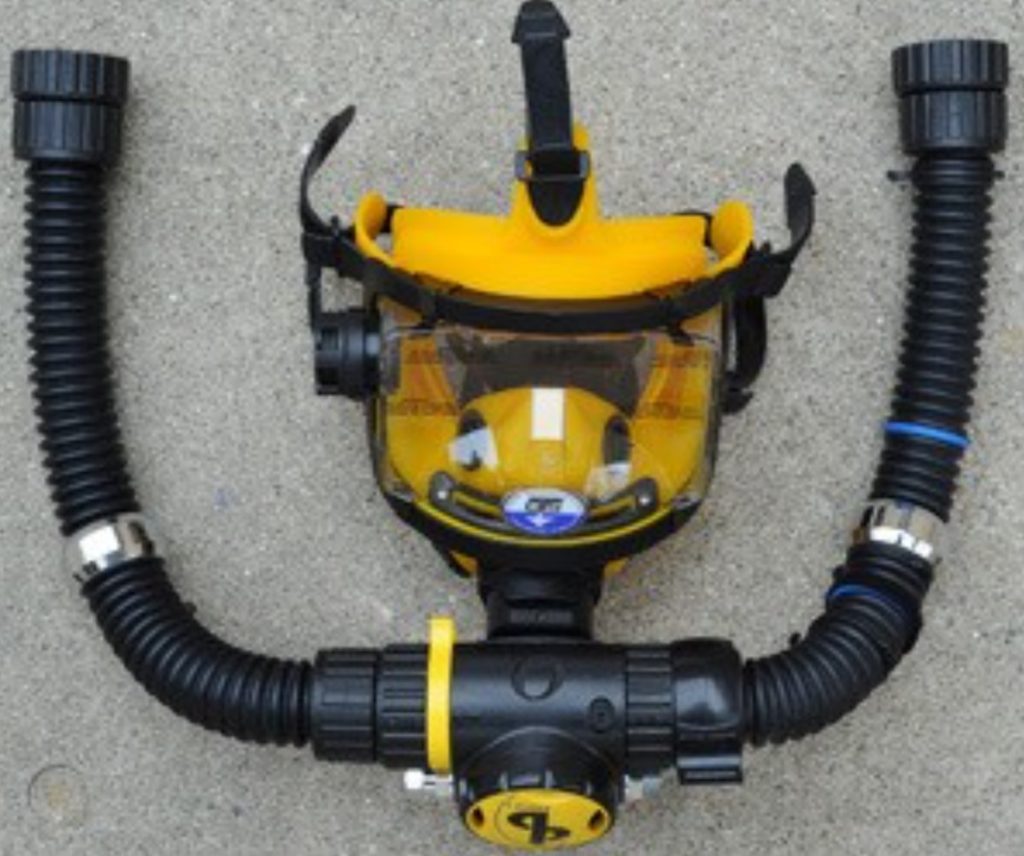

Widolf
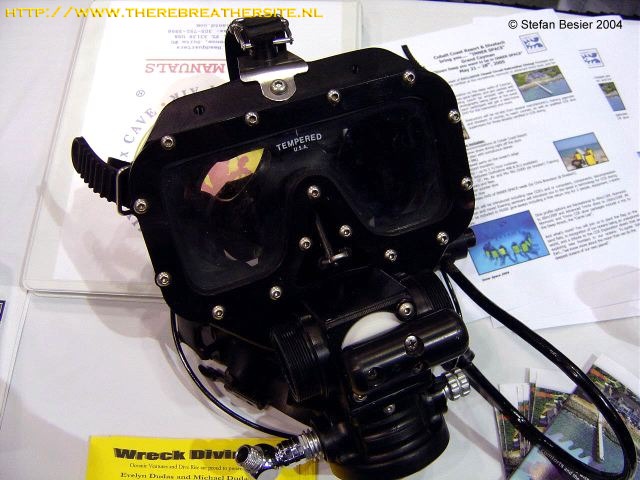

Therebreathersite was founded by Jan Willem Bech in 1999. After a diving career of many years, he decided to start technical diving in 1999. He immediately noticed that at that time there was almost no website that contained the history of closed breathing systems. The start for the website led to a huge collection that offered about 1,300 pages of information until 2019. In 2019, a fresh start was made with the website now freely available online for everyone. Therebreathersite is a source of information for divers, researchers, technicians and students. I hope you enjoy browsing the content!
